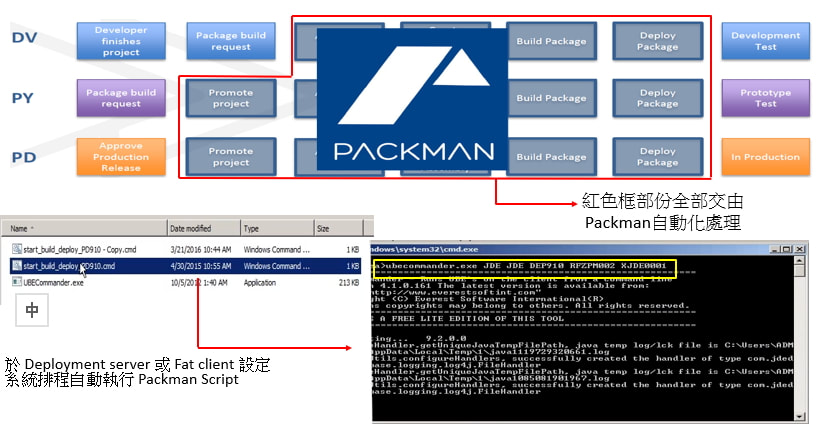

- #Jde recompress full package update#
- #Jde recompress full package code#
- #Jde recompress full package windows 7#
After the Page or Row level compression, incase if we want to update the record and the data size/text is little bit more the previous, then what happens? The data will be stored in the same page (or) new extend will be introduced. This article was really helpful and I have one question here. This is the first version of this script, so please let me know if u run into issues. Furthermore you can adjust the parameters on which the decision is based. In default it will generate the commands based on the suggestion, but alternatively you can also execute the commands directly. When should I look at compressing my indexes?īased on the Microsoft Technote below I have written a stored procedure which will evaluate the use of the tables and suggest a decision to user ow or page compression. What about if i have a clustered, non-clustered on my table I'm looking to compress.


ConclusionĪs we can see, row- and page-level compression can be powerful tools to help you reduce space taken by your data and improve the execution speed, but at the expense of CPU time. I will rebuild the table and also clear the caches again following our last query (to remove the plan from cache which will bias the results):īe careful though - what this stored procedure DOESN'T tell you is that CPU use will significantly increase - as we saw, by nearly a factor of four times in the experiments between no compression and page compression! Use this stored procedure - but conduct your own testing too. Okay, let's move on now and rebuild the table with row-level compression. It is implemented during table definition, but you can also implement it using a REBUILD statement. Row-level compression is included in page-level compression, but page-level compression uses two other techniques too - prefix compression (finding common values for data in a column) and dictionary compression (finding common values across columns). For example, it will convert a fixed-length CHAR to a VARCHAR. Row-level compression compresses data at row level by applying algorithms to reduce the size of the data encountered. Data compression comes in two forms in SQL Server 2012 (actually three, including Unicode, but this isn't a separate option) - row-level compression, and page-level compression. Just a quick refresher now for anyone not immediately familiar with compression - I shall attempt to do it justice. Now, let's rebuild the table to use row-level compression.
#Jde recompress full package code#
Create a database called SANDBOX (or modify the code to use your preferred test environment) and issue this: The benchmark is to measure how quickly 'Bazinga!' is found, and how much I/O is involved, in a table scan when the table is not compressed compressed using row-level compression, and compressed using page-level compression.

On the millionth row ordered by UQID, instead of 'AAAA.AAA', is the word 'Bazinga!'. The CHAR column contains the letter 'A' 50 times. Setupįor the setup, I am using a table of two million rows, two columns - an ID column (identity) and a fixed-length CHAR(100) column.
#Jde recompress full package windows 7#
For the demonstrations and to help benchmark your own experiments, I am using SQL Server 2012 RTM Developer Edition on Windows 7 Professional 64-bit, 4 cores 2.4GHz, memory capped in SQL Server to a maximum of 2GB for the instance. This article goes beyond some of the excellent descriptions of row- and page-level data compression options in SQL Server literature and demonstrates the effects of applying these options to moderately-sized data sets.


 0 kommentar(er)
0 kommentar(er)
